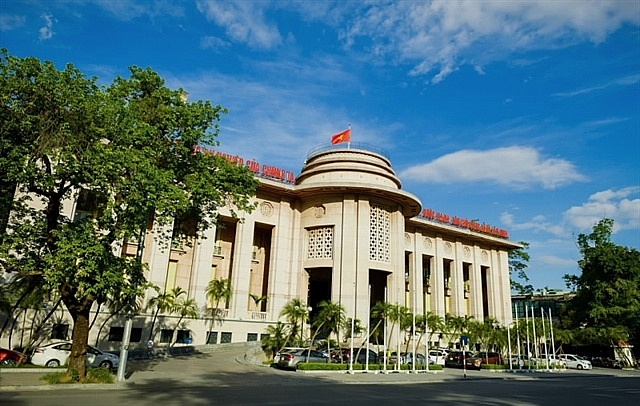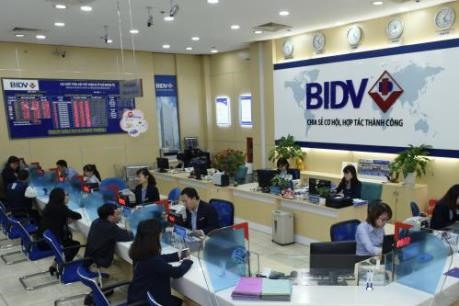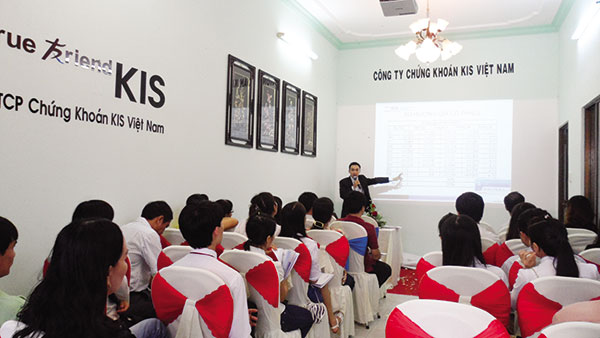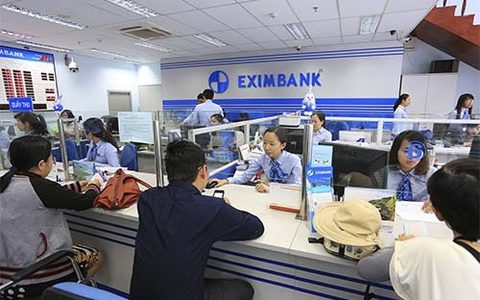Risks involved in interest cut
Risks involved in interest cut
The current interest rate levels have been deemed appropriate for the time being, according to experts, and any attempt to further cut rates could impose unnecessary risks to Vietnam’s overall macro-economic stability in the medium term.
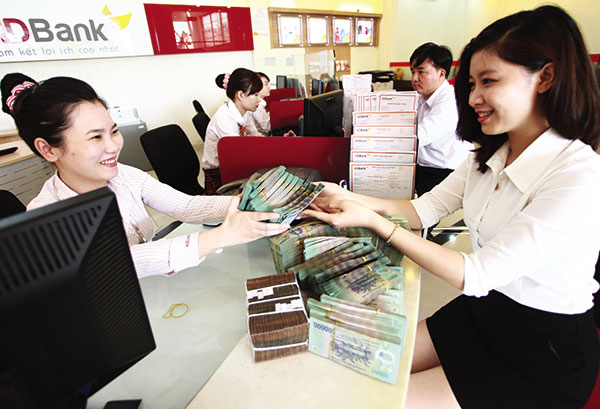
Further cuts needed?
In an earlier effort made by the State Bank of Vietnam (SBV) in mid-July to encourage lending to the local manufacturing sector and promote economic growth, the interest rate policy was adjusted downward by a quarter of a percentage point, with the refinancing rate set to 6.25 per cent and the discount rate at 4.25 per cent. Short-term lending rate caps at commercial banks were also lowered by half a percentage point.
The rates are expected to remain the same throughout 2018, even though there is room for further rate cuts. Risks are weighted as far as downside amid a manageable inflationary environment and calls by the government for a higher credit growth rate of 21-22 per cent for 2017, according to BMI Research, a subsidiary of Fitch Group.
“Any additional rate cuts are likely to have a limited impact on stimulating growth, and would instead put the economy at risk of overheating, encourage more speculative investment, and make the Vietnamese dong vulnerable to a renewed US interest rate-hiking cycle,” the research firm wrote in its October 11 report.
Vietnam’s real GDP growth, according to BMI Research, came in at 7.5 per cent on-year in this year’s third quarter, pulling the cumulative growth through September up to 6.4 per cent – bringing the rate closer to the government’s target of 6.7 per cent growth for 2017. As the local economy will likely continue to enjoy robust growth during the last quarter – underpinned by a burgeoning export-manufacturing sector – the central bank is thus allowed to prioritise macro-economic stability and stand pat on interest rates.
Although inflation is reportedly under the 4 per cent target – which should theoretically provide room for additional rate adjustments – price pressures are expected to be on the rise in the months to come, as commodity prices bottom out and credit growth accelerates further. “If SBV cuts rates again, this could further exert upward pressure on prices going forward and potentially stoke a credit bubble,” noted BMI Research.
“We are already seeing signs of speculative investment picking up in the real estate sector, particularly with land speculation,” it added.
Right stream
Higher credit growth may require support in terms of lower lending rates, yet according to Michael Kokalari, chief economist at VinaCapital, accelerated credit growth has not succeeded in lowering the lending rates paid by businesses and consumers “because of issues with
Vietnam’s banking system’s ‘transmission mechanism’, which also inhibits liquidity from trickling down to the parts of Vietnam’s economy that need it the most”.
Kokalari noted last month that SBV fostered an abundance of liquidity in the banking system earlier this year, with the stated hope that it would reduce lending rates for businesses and individuals. “Unfortunately, the drop in interbank rates that resulted from excess liquidity in the banks only drove bond yields lower, not the interest rates banks charge their customers,” he said.
“In our opinion, interest rates have reached a sustainable equilibrium, as evidenced by the fact that nearly every Vietnam government bond auction since mid-July has essentially failed, while yields in the secondary market have only backed up by about 30 basis points since that time.
SBV’s July rate cut seemed out of sync with the rest of the world’s central banks, but in light of recent monetary loosening by Asian central banks, Vietnam’s actions now appear prescient. Some government officials and local economists have called for an additional cut of 50 basis points this year, a move they believe will allow the government to reach its 6.7 per cent target. We doubt that such a move would achieve the desired effect,” Kokalari said.
More to come
In an earlier interview, CEO of Hanoi-based TPBank Nguyen Hung told VIR that the gap between lending and deposit rates has narrowed over time. Lending rates, in Hung’s view, are presently at an all-time low.
“Vietnam’s lending rates are actually not too high compared to regional lending rates. Our USD-denominated lending rates are in fact lower than any others and our VND-denominated rates have diminished from a two-digit figure to a single-digit one. It’s as good as it can get for now,” Hung said.
Meanwhile, the National Financial Supervisory Commission wrote in its September report that deposit rates have dipped slightly, while lending rates have shrunk slightly in some prioritised sectors. Anticipation is high for further rate cuts toward the year’s end, thanks to a number of supportive factors.
The commission raised a number of factors that support further rate cuts, including reduced pressure from FX volatility, as the USD Index has sunk considerably in the past months. Inflation, meanwhile, is under control (below 4 per cent) as per the government target.
“The issuance of government bonds in the last three months only accounts for 20 per cent of the total plan, and the low bond yields that have dropped some 1-1.5 percentage points compared to the beginning of the year are also helping to reduce rates,” said the report.
The financial watchdog reported that deposit rates at the end of the third quarter have plunged by three to five basis points compared to the end of the previous quarter. Lending rates, on the other hand, have been adjusted down by 0.5-1 per cent, sitting at 4-5 per cent per year.



